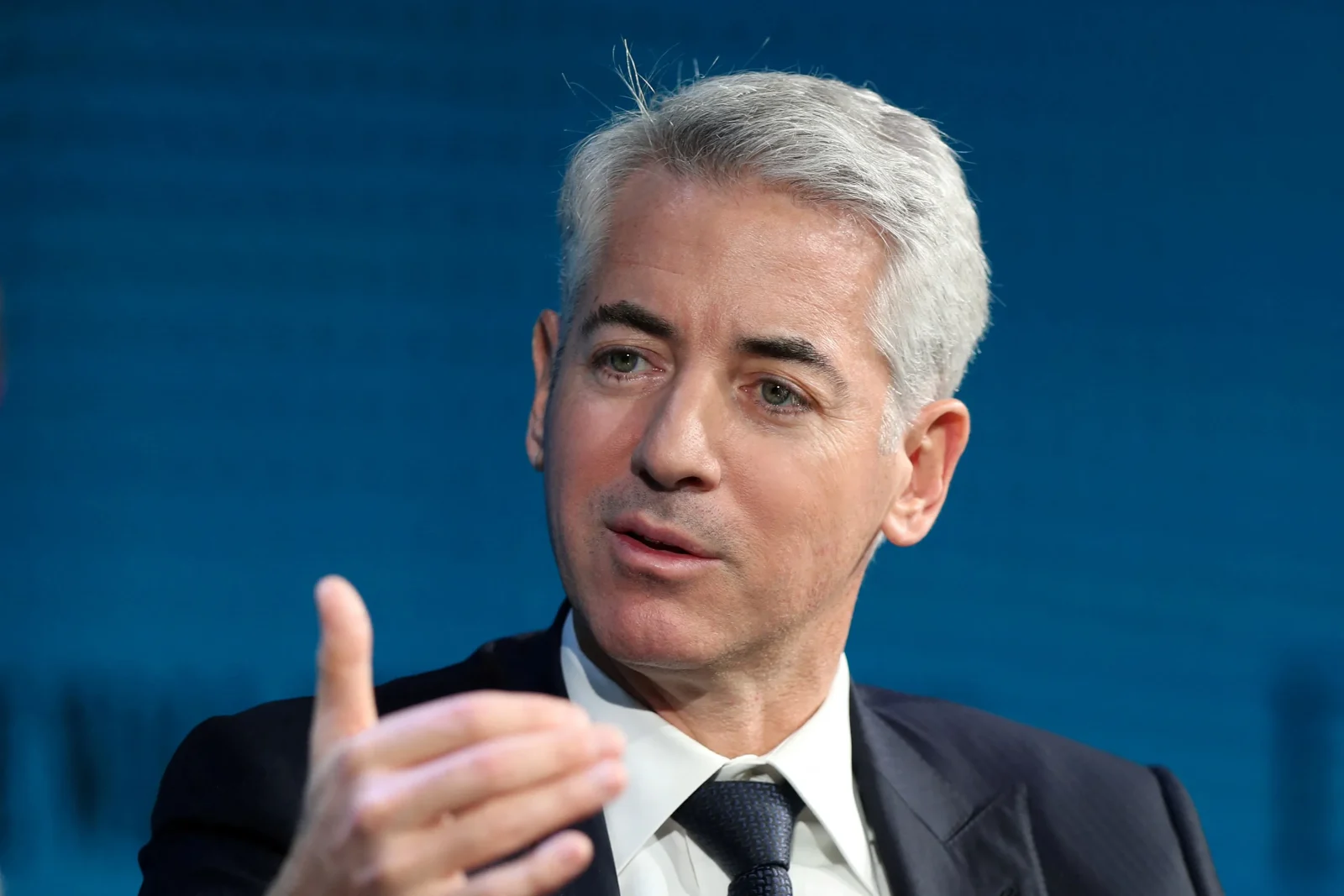The cryptocurrency and investment landscapes are witnessing a fascinating clash of perspectives as Coinbase CEO Brian Armstrong’s recent comments challenge traditional prediction markets, while investor Bill Ackman’s moves seem to validate them. This dynamic interaction underscores the evolving role of prediction markets in financial forecasting, amid growing volatility and shifting investor behaviors. As these influential figures reshape expectations, market participants must reconsider how predictive tools inform strategy and risk management.
Coinbase’s Challenge to Prediction Markets
Brian Armstrong, the outspoken CEO of Coinbase, recently criticized the reliability of prediction markets, labeling some as flawed or misleading when applied to cryptocurrency and broader financial outcomes. Armstrong’s skepticism reflects concerns over the markets’ susceptibility to manipulation, low liquidity, and an overreliance on sentiment rather than fundamentals. This critique comes at a time when cryptocurrency prices have demonstrated extreme volatility, and market signals often conflict with on-the-ground realities such as adoption rates and regulatory changes.
Armstrong’s viewpoint invites a reassessment of how prediction markets are used by retail and institutional investors alike. His challenge highlights the difficulty of translating complex technological and economic factors into simplistic probabilistic forecasts, especially in nascent markets like digital assets.
Bill Ackman’s Contrasting Approach
In stark contrast, billionaire investor Bill Ackman has recently made moves that reinforce the utility of prediction markets. Ackman’s strategic investments and public endorsements suggest he values these markets as legitimate indicators of future events, including economic downturns and policy shifts. His success in anticipating market turns, partly informed by data-driven forecasts, has added credibility to prediction markets’ role in portfolio management.
Ackman’s approach underscores a growing trend among institutional investors who integrate alternative data sources—including prediction markets, sentiment analysis, and AI-driven models—to gain an informational edge. This sophisticated use of predictive tools illustrates their evolving sophistication beyond mere speculation.
The Broader Market Context and Investor Sentiment
Prediction markets operate within a complex environment shaped by rapid information flows and psychological biases. As retail investors increasingly participate in both cryptocurrency and stock markets, herd behavior and emotional decision-making can distort market signals. Armstrong’s skepticism may stem from awareness of such behavioral biases, which can amplify noise and reduce predictive accuracy.
Meanwhile, Ackman’s confidence in prediction markets suggests a belief that institutional rigor and analytical discipline can filter out these distortions. The divergence between these perspectives reflects broader tensions in how different investor groups process information and manage uncertainty.
Forward-Looking Perspectives on Prediction Markets’ Role
Going forward, prediction markets are likely to evolve, integrating enhanced data analytics and regulatory oversight to improve transparency and reliability. Market participants should monitor developments in this space, as improved predictive accuracy could significantly impact asset allocation and risk mitigation strategies.
Investors must remain mindful of the limits inherent in any forecasting tool, balancing quantitative signals with qualitative analysis and market intuition. The interplay between Armstrong’s caution and Ackman’s endorsement highlights the ongoing negotiation between skepticism and trust in the tools shaping financial decision-making.
Understanding this evolving landscape will be crucial for those aiming to navigate the volatile intersection of cryptocurrency, traditional finance, and cutting-edge market prediction technologies.













https://shorturl.fm/HUQWV
https://shorturl.fm/FPTJ8